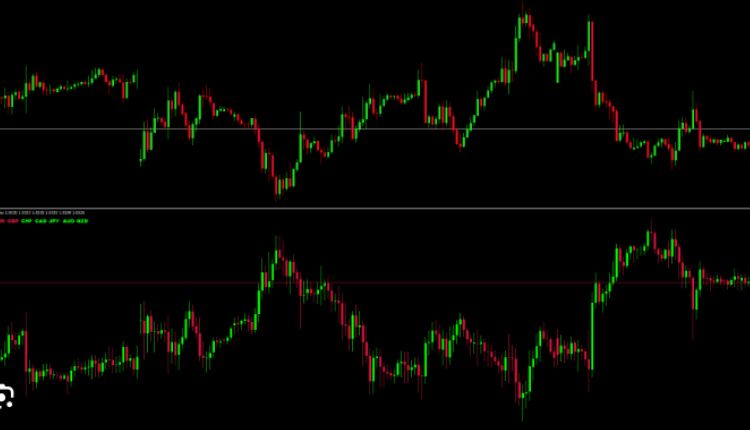Unraveling The US Dollar Index: Understanding Its Significance And Impact On Global Economy
Introduction:
The US Dollar Index (USDX) is a widely recognized benchmark that measures the value of the United States dollar against a basket of six major currencies. Since its introduction in 1973, the USDX has played a crucial role in shaping global financial markets and influencing economic trends. This article aims to provide a comprehensive understanding of the US Dollar Index, its significance, and its impact on the global economy.
Body:
- The US Dollar Index Explained The USDX is a geometrically weighted index that tracks the exchange rate of the U.S. dollar relative to the following currencies: the euro (EUR), Japanese yen (JPY), British pound sterling (GBP), Canadian dollar (CAD), Swedish krona (SEK), and Swiss franc (CHF). Each currency has a different weight in the index, reflecting its importance in international trade and financial markets.
II. Significance Of The US Dollar Index
- Global Reserve Currency: The U.S. dollar serves as the world’s primary reserve currency, and the USDX plays a vital role in determining its strength and stability. Central banks and international financial institutions use the index as a benchmark to assess the dollar’s value and make strategic decisions regarding their foreign exchange reserves.
- Trade and Investment: The USDX has a direct impact on international trade and investment flows. A strong dollar, as reflected by a high index value, makes imports cheaper for U.S. consumers but can hinder American exports, making them relatively more expensive in foreign markets. Conversely, a weak dollar can boost exports but lead to higher import costs.
III. Factors Influencing The US Dollar Index
- Monetary Policy: The actions and decisions of the U.S. Federal Reserve, such as interest rate changes and quantitative easing programs, significantly impact the USDX. Tightening or loosening monetary policy can affect the dollar’s value and subsequently alter the index.
- Economic Indicators: Macroeconomic indicators such as GDP growth, inflation rates, employment data, and consumer sentiment play a vital role in shaping the USDX. Positive economic performance generally strengthens the dollar, while weak economic indicators can lead to a decline in the index.
IV. Impact On Global Economy
- Currency Market Volatility: Changes in the USDX can trigger significant fluctuations in the global currency market. Exchange rates between major currencies are often influenced by the dollar’s movements, affecting international trade, foreign investments, and capital flows.
- Commodity Prices: As the global reserve currency, the U.S. dollar has an inverse relationship with commodity prices. A stronger dollar tends to lower commodity prices, as it increases the purchasing power of consumers and reduces production costs. Conversely, a weaker dollar can boost commodity prices, benefiting countries that rely heavily on commodity exports.
Conclusion:
The US Dollar Index serves as a crucial benchmark in assessing the value of the U.S. dollar against major global currencies. Its significance extends beyond the financial markets, impacting international trade, investments, and the global economy as a whole. Understanding the factors influencing the USDX can help individuals, businesses, and policymakers navigate the complexities of the global economy.
FAQs:
- How is the US Dollar Index calculated? The USDX is calculated by taking a weighted geometric average of the exchange rates between the U.S. dollar and the six currencies included in the basket. The weights are based on the importance of each currency in U.S. trade.
- Is the US Dollar Index the only measure of the dollar’s value? While the USDX is a widely used benchmark, there are other measures to assess the dollar’s value, such as bilateral exchange rates against specific currencies. Additionally, some economists argue that the USDX’s basket of currencies may not fully represent the global economy, leading to alternative indices being developed.
In conclusion, the US Dollar Index plays a pivotal role in global finance and has far-reaching implications on the global economy. Understanding its significance, factors influencing its value, and its impact can help individuals and institutions make informed decisions in the complex world of international trade and finance.
